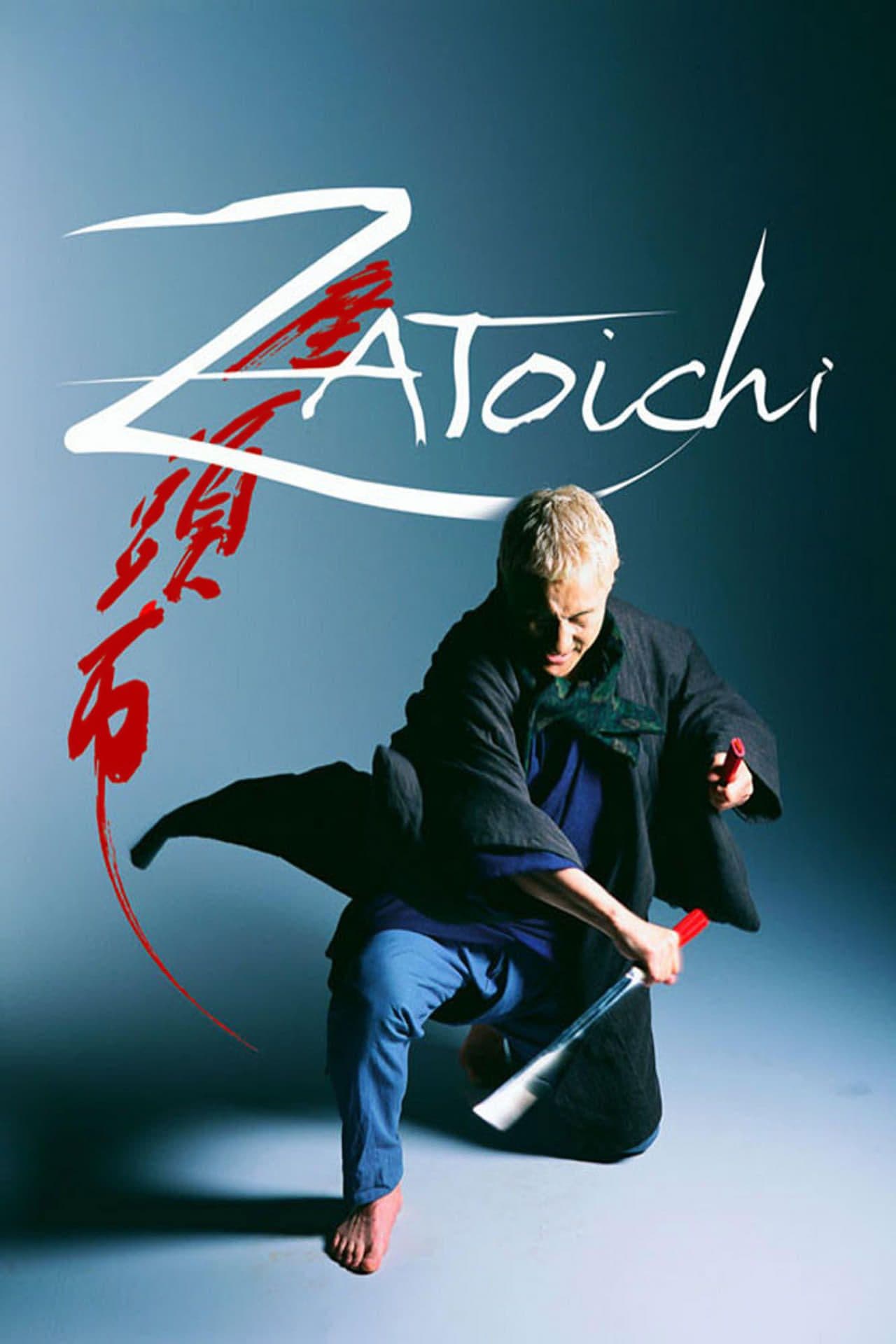
Zatoichi
2003
Rate this movie
Average: 0.00 / 5
(0 votes)
Director
Takeshi Kitano directs and stars in a raw and refulgent work centered on the concept of valor and honor, revisiting a very popular Japanese television series that aired in the sixties. But Kitano's "Zatoichi" is not a mere reinterpretation; it is a deep, almost archetypal immersion into the psyche of an icon, filtered through the authorial lens of a director who has redefined violence and drama in contemporary cinema. His is a re-reading that preserves the character's soul while imbuing it with the unmistakable aesthetic of "Beat" Takeshi: that juxtaposition of lightning-fast, almost abstract brutality with moments of lyricism and grotesque, at times surreal, comedy. The "raw" component manifests in the immediacy of the duels and the ruthless reality of the human condition, while the "refulgent" shines through in the meticulous attention to cinematography, the vibrant colors – particularly Zatoichi's platinum blonde hair, a provocative anomaly in feudal Japan – and a stylistic elegance that defies easy categorization.
The blind samurai Zatoichi is an icon in Japan, and his aura has permeated the Japanese imagination, crossing the Pantheon of Great Heroes, no less than figures like Toshiro Mifune in "Yojimbo" or the stoic characters of "Lone Wolf and Cub." His peculiarity, blindness elevated to a form of sensory and spiritual acuity, makes him an "anti-hero" par excellence in the landscape of chanbara, the genre of Japanese sword-fighting films. He is not a noble samurai, but an itinerant massageur, a gambler, a reluctant yojimbo, whose walking stick conceals a lethal blade. His figure transcends mere entertainment, embodying a resilience and popular wisdom rooted in Zen philosophy and the pragmatism of the dispossessed.
A blind swordsman arrives in a village dominated by a ruthless and powerful samurai, whose power is exercised through the blind violence of the local yakuza. This rural microcosm becomes the stage for a drama steeped in poverty, despair, and corruption. The desolation of the village, almost a Dickensian portrait of rural Japan, contrasts with Zatoichi's seemingly placid indifference. He will be hired by two geishas, Okinu and Shinkichi, to reclaim the honor of their slain father. But the two sisters are not mere figures to be saved; they are themselves vehicles of an intricate and deeply personal revenge, bearing a trauma that inextricably links them to the fate of the village and Zatoichi himself. Their parallel stories add layers of complexity, showing how honor and vengeance can shape unexpected destinies, transcending the traditional gender roles of the era.
Sensational duels, but also introspection and a Zen dimension. The fights, a Kitano trademark, are lightning-fast, almost surgical. There is no acrobatic choreography of other genre films, but a sudden explosion of violence that resolves in fractions of a second, leaving the unsettling echo of metal sinking into flesh. This aesthetic of violence is a commentary on its futility and its inevitability. The "Zen dimension" is not just contemplative quietude, but a readiness of spirit that allows Zatoichi to perceive the world with a sensitivity beyond sight, relying on hearing, smell, and intuition. It is a deep awareness of the present moment, a form of mushin (empty mind) that allows him to act without hesitation, almost an extension of his sword-cane.
Light-handed is the director's touch in conveying the solemn and primordial atmosphere of the samurai ritual, of concepts filtered through the great martial art of Budo such as honor, loyalty, friendship, vengeance. Kitano does not merely show them; he questions them, deconstructs them, often subverts them with dark and unexpected humor. The soundtrack, a sublime work by Joe Hisaishi, contributes decisively to this atmosphere, moving from epic and dramatic sonorities to playful and percussive passages, such as the iconic sequence of the "builder dances," a true musical interlude that breaks the tension and introduces an element of joyful folklore. It is a film that allows itself bold anachronisms – such as the aforementioned blonde hair or the sudden tap-dancing sequences – to reaffirm its nature as a modern fable, a parable on eternal values that transcends pure historical reconstruction to strike universal chords.
Parallel to the aesthetics of Martial Arts and sword fighting, which play a central role in this film, Kitano's love for Japanese folklore, the distinct flavor of Tradition that envelops the entire narrative like a diffused twilight glow, is subtly discernible. This love manifests in the small details of daily village life, in superstitions, customs, gambling, and in the gallery of picturesque and unforgettable secondary characters who populate the scene. The "twilight glow" suggests not only the end of a day, but the conclusion of an era, an age of samurai and honor slowly yielding to a more cynical and brutal modernity, or perhaps to a world where old codes are no longer sufficient to contain human complexity.
A kind of incisive force emanates from the protagonist's firm placidity, his quiet stoicism, and his attachment to tradition. Zatoichi is not merely a warrior, but an enigma, a man who has chosen to live on the margins, concealing a past and a depth that are revealed only through his actions and a surprising final twist that overturns the viewer's perception. His placidity is not indifference, but the calm of one who has seen too much, suffered too much, and has learned that true strength resides in inner quietude, even in the face of the most furious chaos. His attachment to tradition is not a blind adherence to the past, but a recognition of the intrinsic value of moral principles, a beacon in a drifting world.
A masterful Kitano for a truly moving and incisive film, which manages to be both a devoted homage and a radical reinterpretation of a classic. "Zatoichi" is a work that captures the soul of feudal Japan and projects it into the future, offering a visually breathtaking and thematically dense spectacle, where violence becomes art and art philosophical inquiry. It is a masterpiece that confirms Kitano's greatness as a director and actor, capable of balancing the rawest brutality with poetic sensibility and a touch of ingenious madness.
Gallery
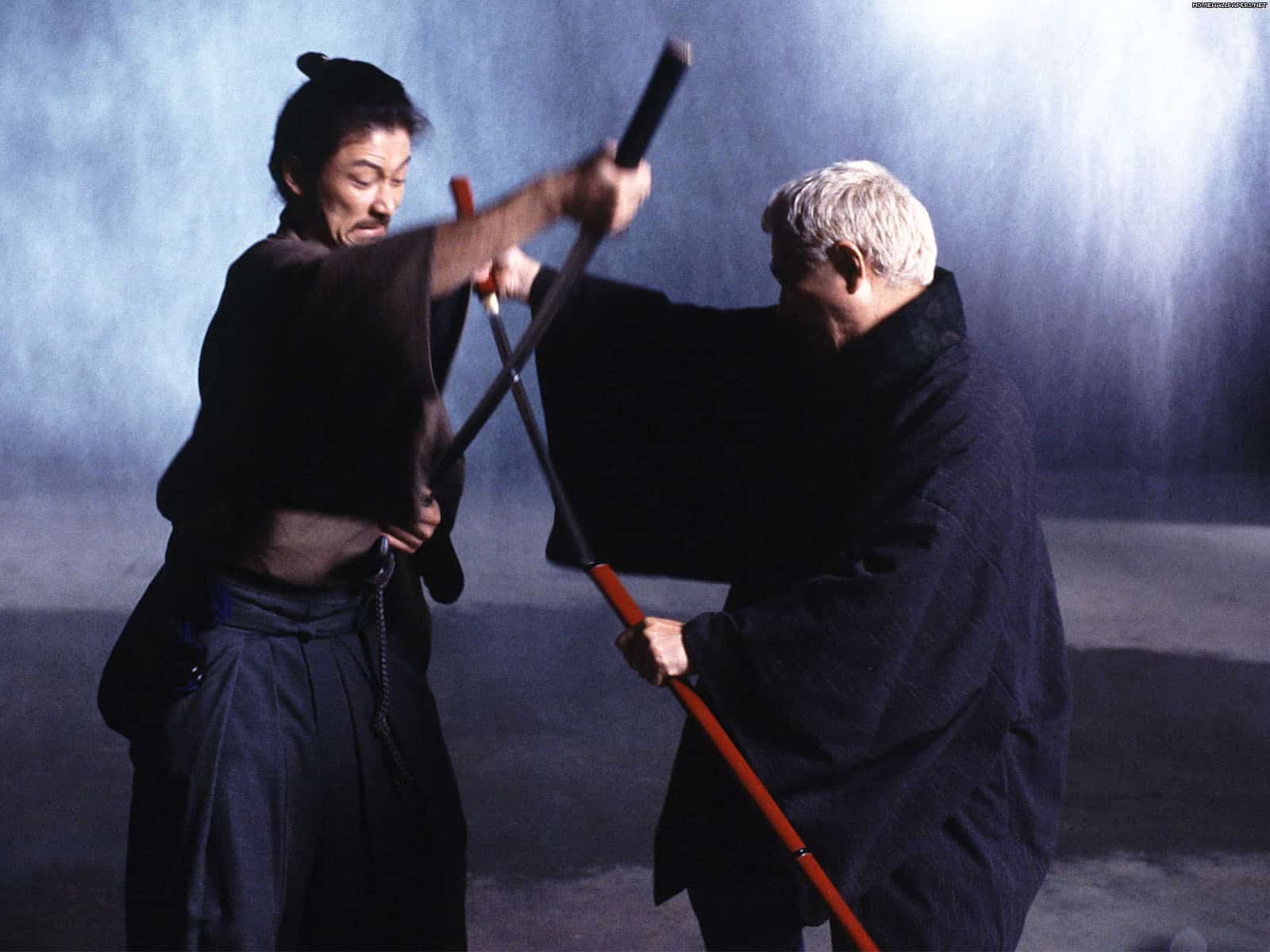

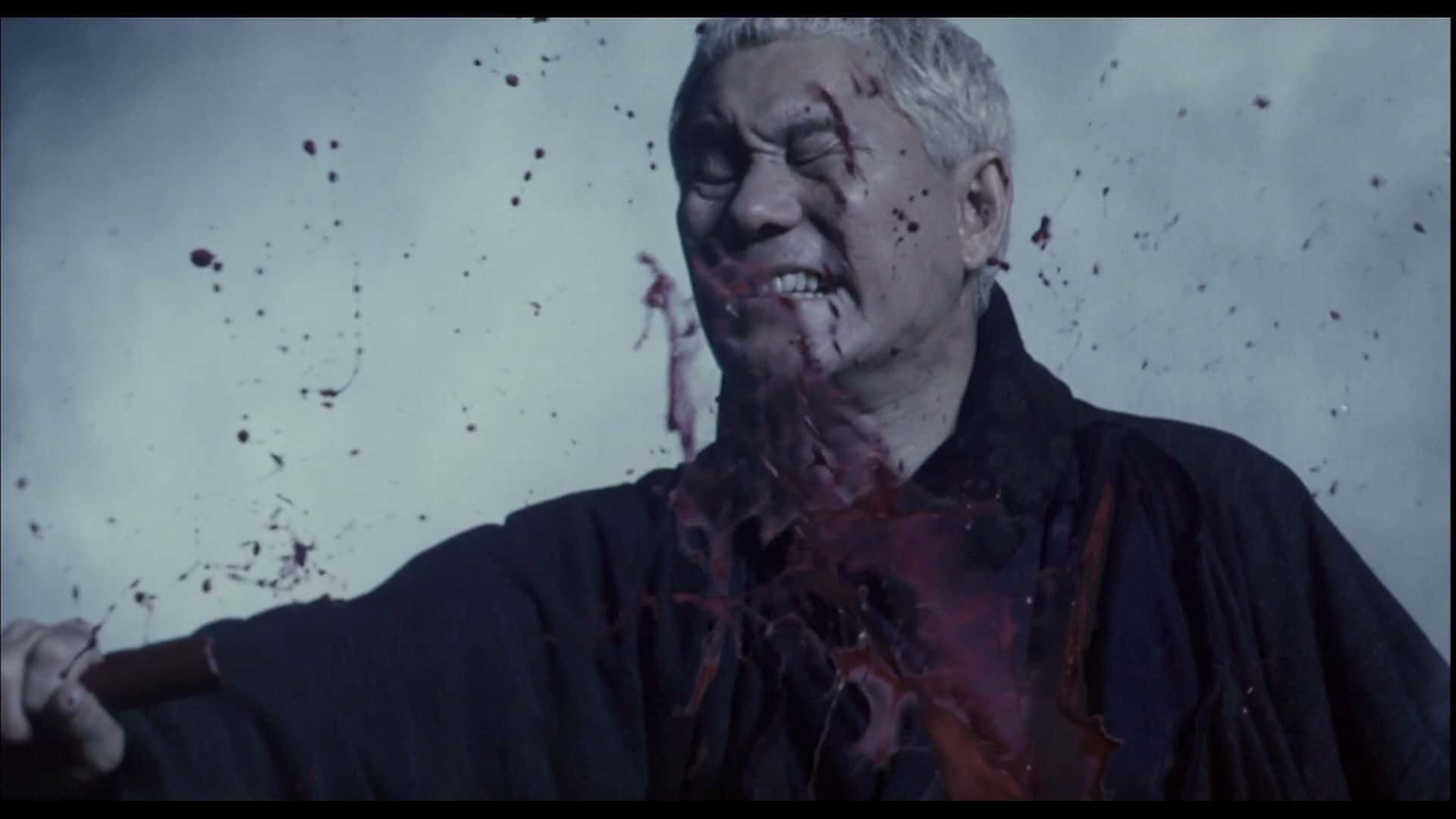
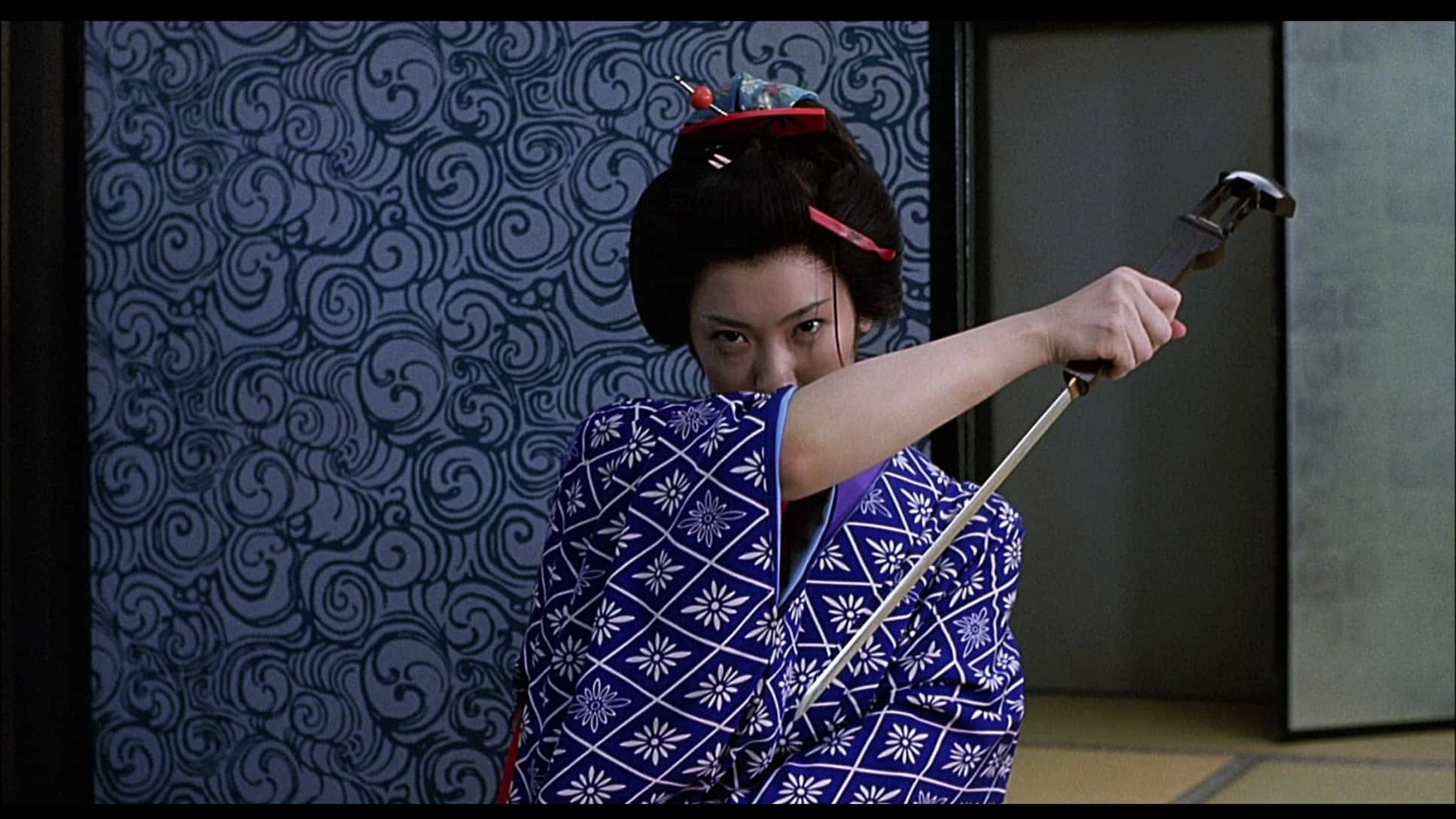
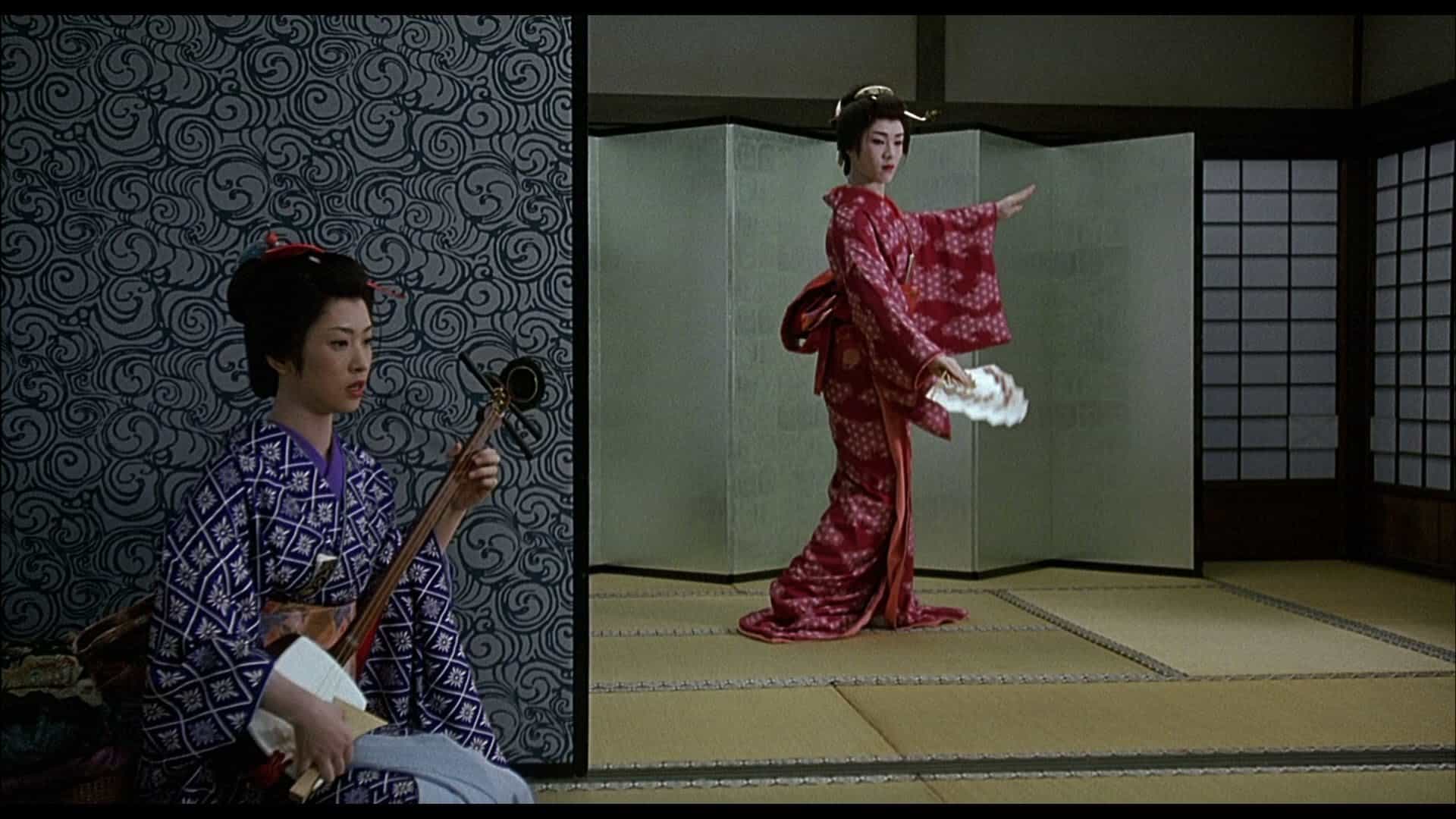


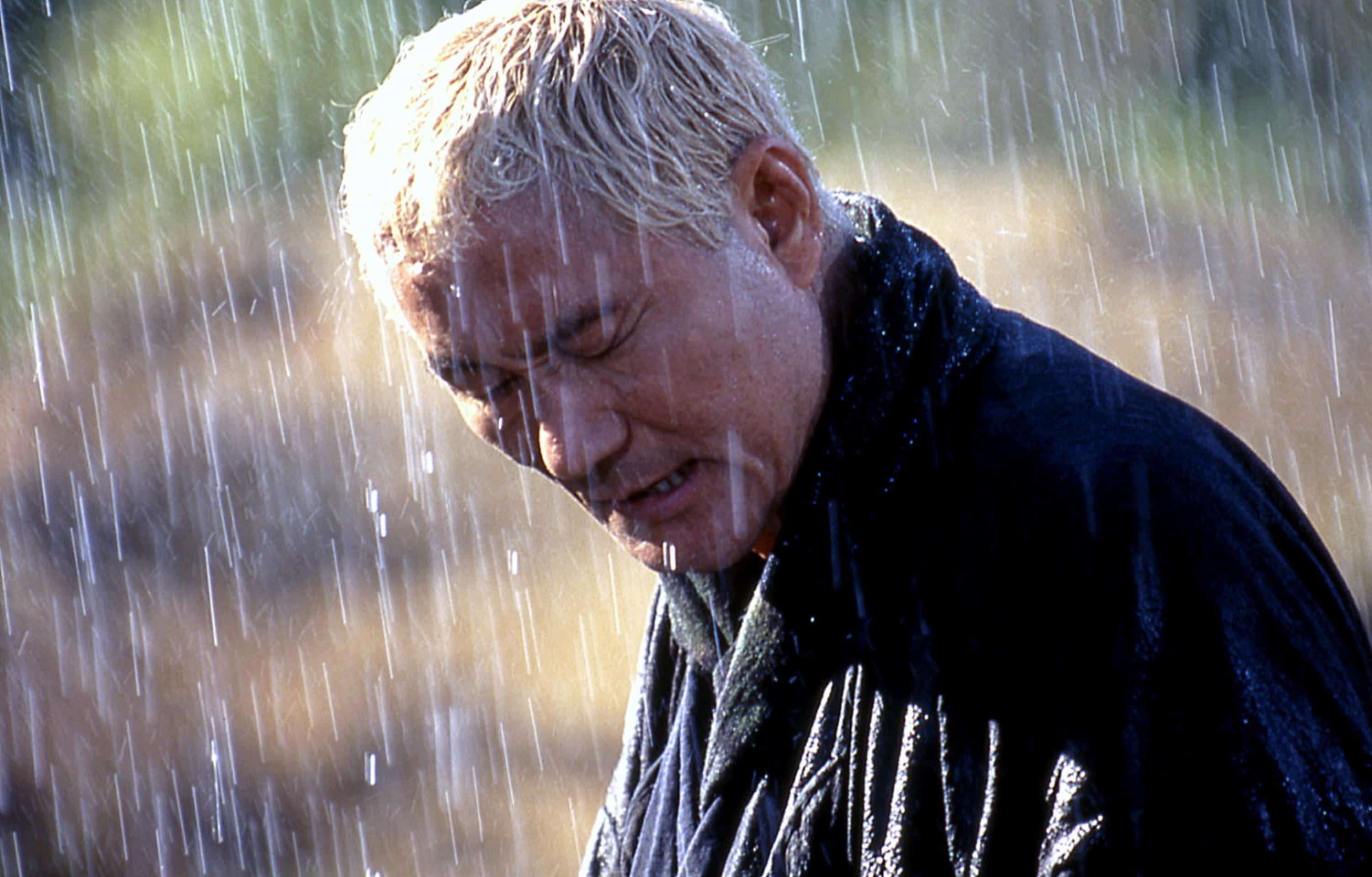
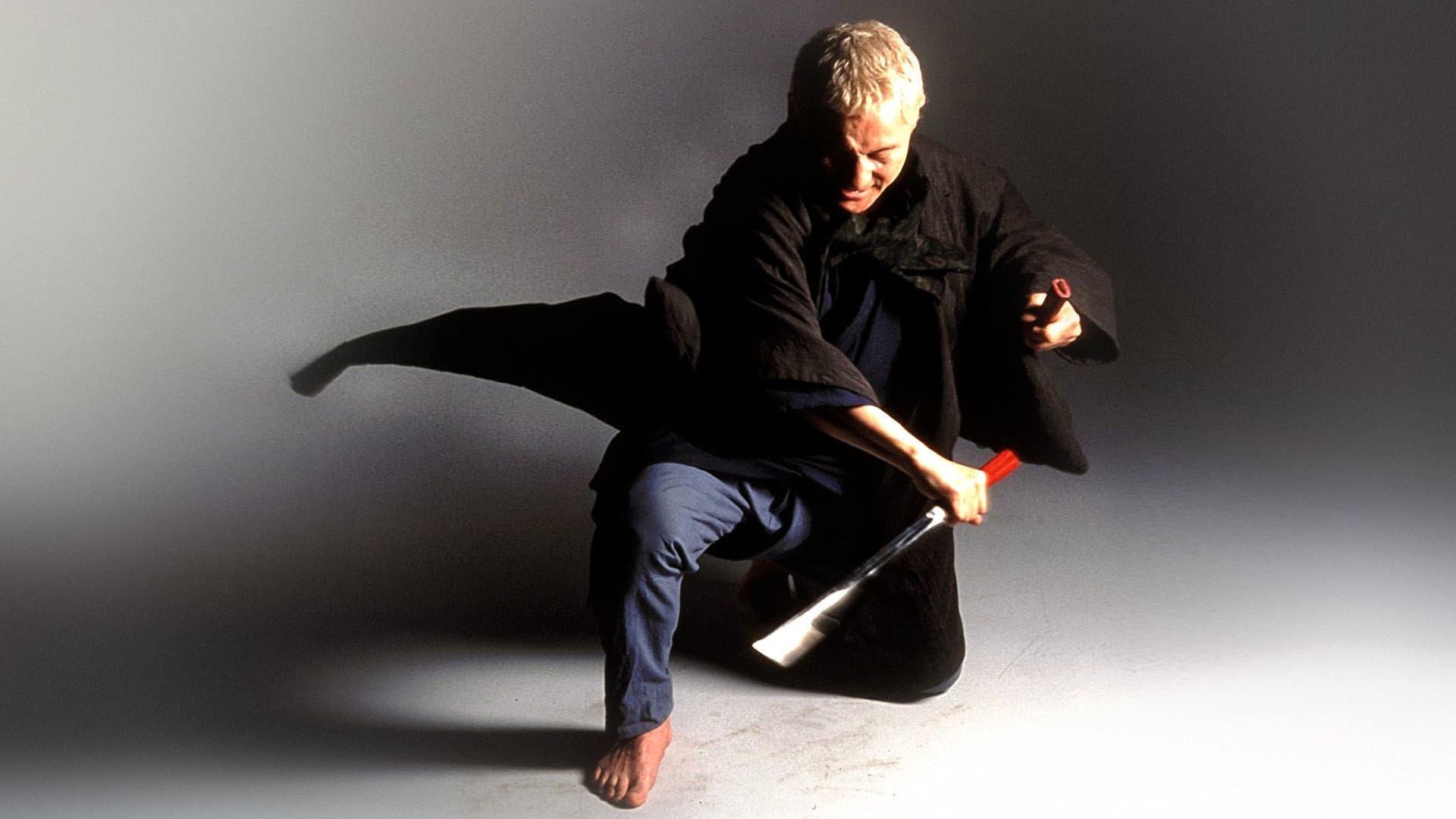
Featured Videos
Official Trailer
Comments
Loading comments...